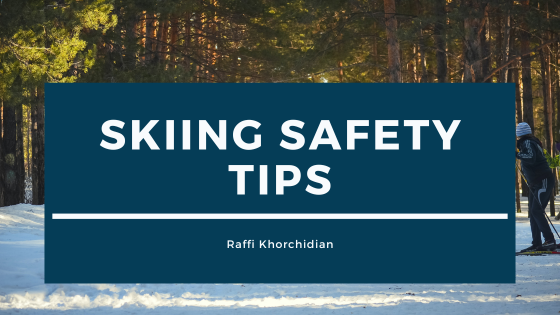If you’re a passionate snowboarder or skier, you spend most of your time in the mountains during winter. You usually spend most of your time on the slopes, though you might not want to do it every weekend. Maybe you’ve only been skiing or snowboarding once before, and you want to try it someday.
Whether you’re an experienced snowboarder or a beginner, it’s essential to follow safety rules while on the slopes. Even professional athletes can get injured. Taking the necessary precautions can help prevent injuries.
Here are some of the most critical skiing safety tips to know.
Equipment Checks
Before heading out to the slopes, ensure your equipment is working correctly. Having a local shop perform a function test can help prevent issues from happening. Likewise, make sure that you have all the necessary equipment. Having the proper clothes and accessories can help keep you warm and comfortable. These include a helmet, goggles, gloves, water, snacks, and sunscreen.
Never Go Alone
One of the most important safety rules you should follow is staying with a partner. It’s not always easy to decide which trail to take on, but it’s essential to stick with one another. If you get injured, you might suffer hypothermia or even die if you can’t get immediate help. Having a buddy and staying with them is also vital to ensure your safety.
Know (and Follow) the Rules
The rules for the conduct set by the FIS govern how you should act on the slopes. These guidelines cover a wide range of scenarios and are legally binding. One of the most important rules to remember is that the person in front of you has to take priority.
Know Your Limits
Another crucial safety rule is to stay within yourself and your abilities. Don’t get into trouble if your friends try to talk you into going to places that are not safe.
Be Aware of Your Surroundings
While skiing or snowboarding, make sure to avoid areas with hazards, such as rocks and trees. You can also be more aware of the slopes by avoiding activities that distract you, like using headphones or talking on your cell phone. Additionally, avoid unmarked or dangerous areas by following the marked trails.
Avalanche Safety
Getting the proper training to respond to an avalanche is a significant step in improving your safety. Before heading out on a ski trip, it’s important that you thoroughly understand the warnings and guidelines. The necessary equipment is also essential, as going off-piste without it is not ideal.

